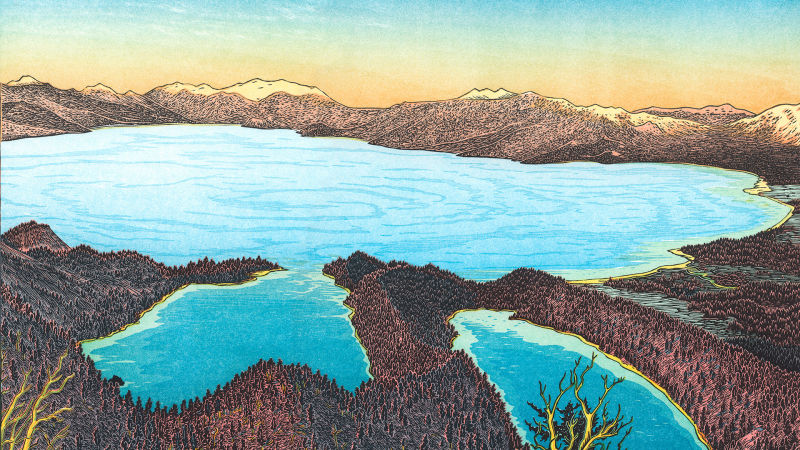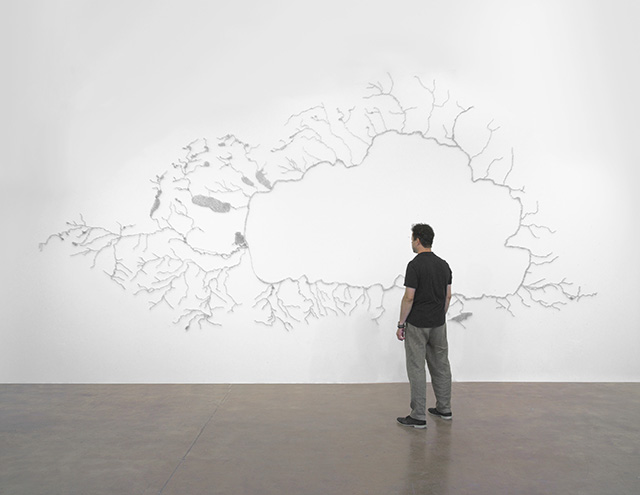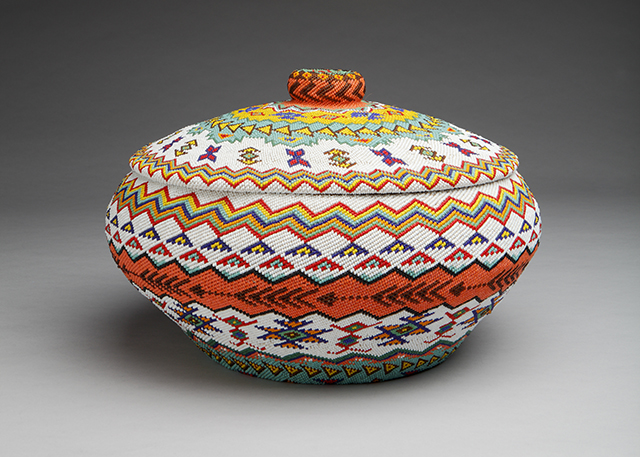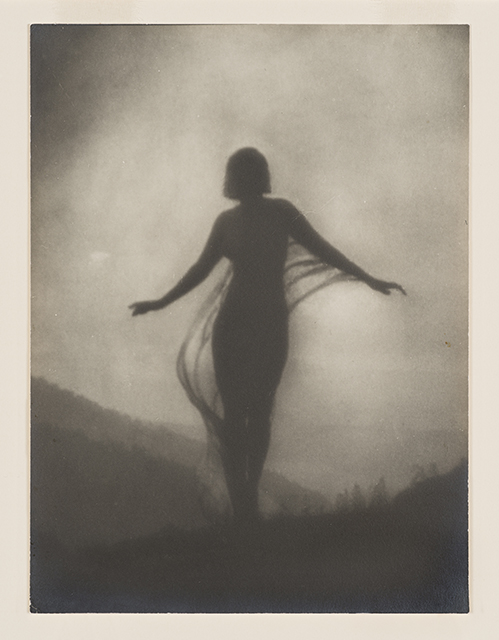As odd as it may sound, there’s never been an art exhibition dedicated solely to the visual beauty of Lake Tahoe. Enter the Nevada Museum of Art in Reno, which has dedicated its entire 15,337 square feet of gallery space to this purpose.
The result is Tahoe: A Visual History, a collection of photography, sculpture, paintings, early survey maps, Native American basketry and architecture.
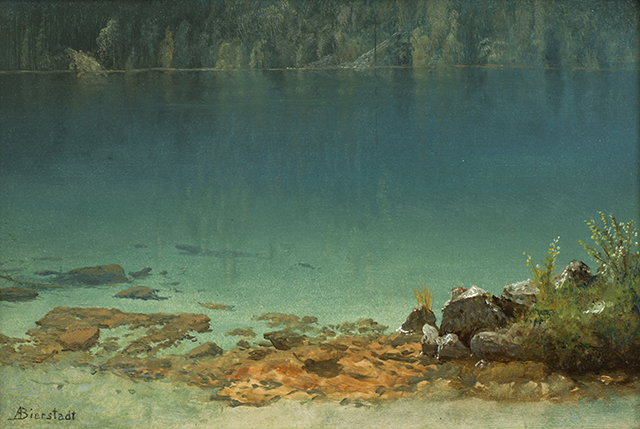
The story begins with the first paintings of the area in the latter half of the 19th century. The exhibition features examples from the golden age of landscape painting. Hudson River School hyperrealism meets the added punch of spiritual transcendence; it was a time when belief in nature’s divine origins held sway.
Paintings by notables such as William Marple, Thomas Hill, Albert Bierstadt, William Keith and John Ross Key portray wide-open vistas around the lake. But for me, the images that really impress are those of a more intimate nature. Bierstadt’s Emerald Bay, Lake Tahoe (1871) is an underwater scene — a highly unusual subject for the artist — depicting the glorious clarity of the lake’s water in an unexpected close up.
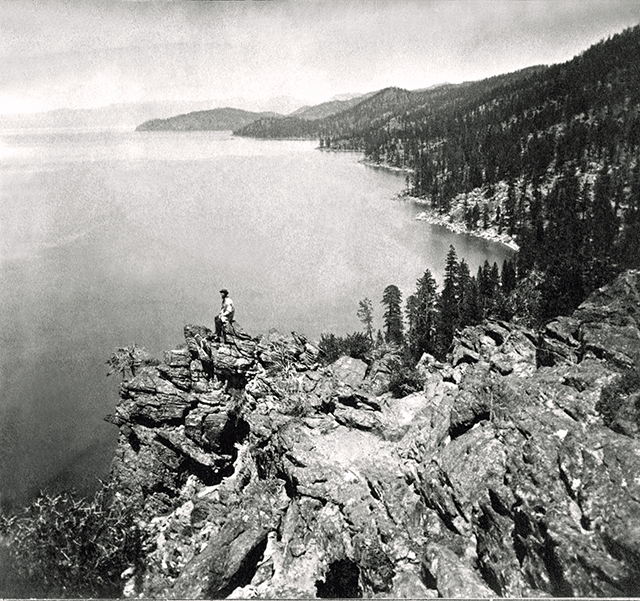
Photographs from the 1860s and ’70s document the building of the Central Pacific Railroad (CPRR) and bring the impressive engineering feat to life. Originally planned as a way to record the railroad’s progress while luring additional investment money, the images serve up a heavy dose of Manifest Destiny. These photographs of progress also helped to dispel connections between the Sierras and nightmarish memories of the Donner Party.
